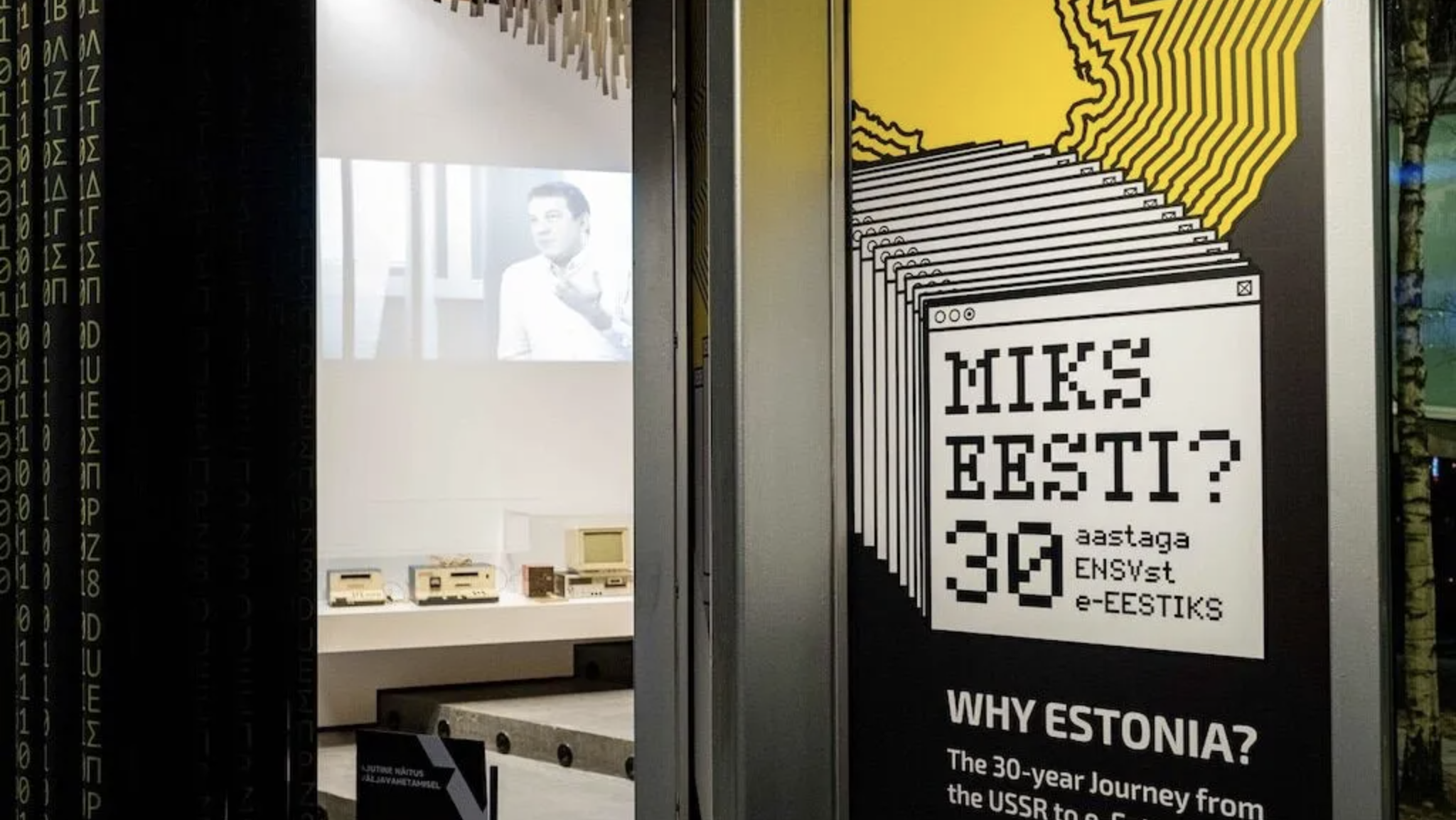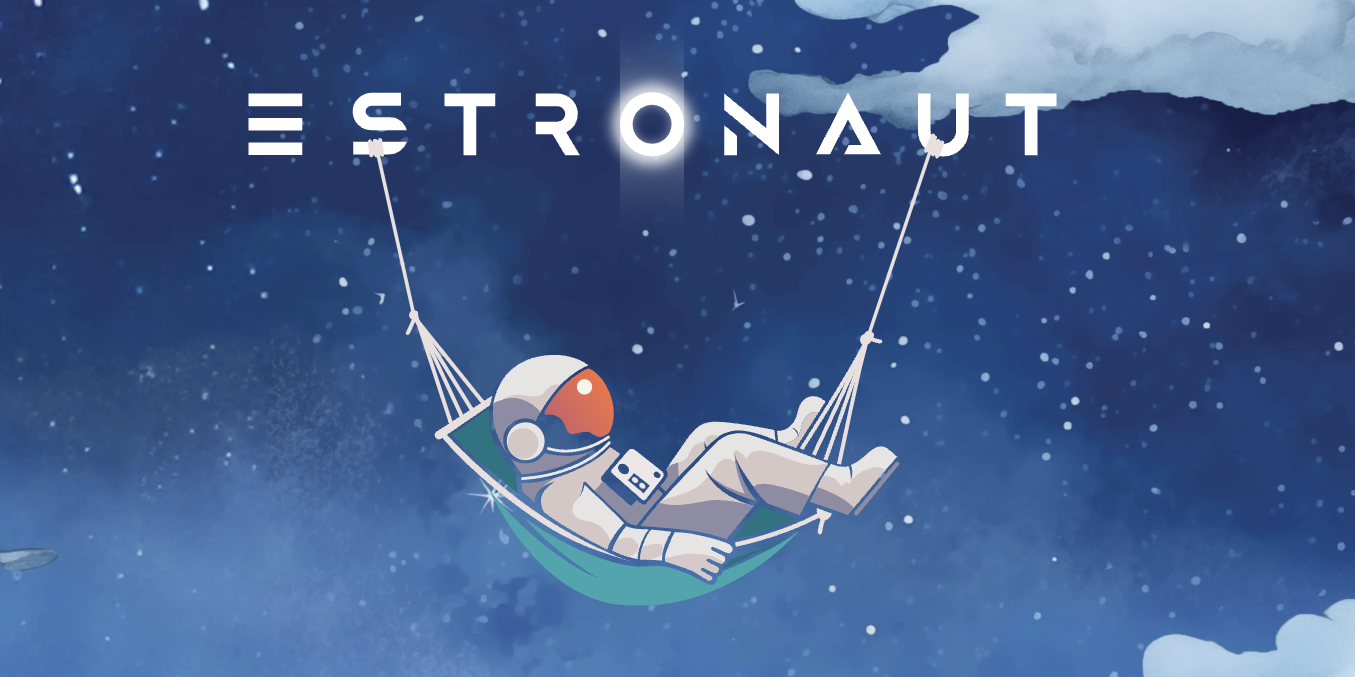This is a point that will be driven home when a delegation representing the Estonian government, Accelerate Estonia, and e-Estonia comes to Canada this September. On September 23rd, an exhibition about e-Estonia titled Why Estonia? The 30-year Journey from the USSR to e-Estonia created by Vabamu Museum of Occupations and Freedom will be opened at Tartu College in Toronto. The opening and the display of this exhibition are made possible by VEMU Estonian Museum Canada.
In case you’re not so familiar with e-Estonia, Anett Numa, the Head of Government Relations and Communications at Accelerate Estonia, summarized the idea by describing the “digital functions in the background that make people’s lives easier… Estonia is one of the most tech savvy countries in the world, especially when it comes to the e-governance sector.”
The question is why did it happen this way? What did Estonia do differently as a country, so that it has become a leader in technological and societal innovation 32 years after re-gaining independence? For one thing, Numa says “we didn’t really have anything to lose. We knew that if we wanted to make Estonia stand out in the world, we needed to do things differently.” She also strongly believes in a government acting more like a startup, one that makes and learns from mistakes as it tests new things. Being agile in this way has shaped legislation to make innovation more possible and streamline all public services.
This will be touched upon in the exhibition, but one kernel of information that’s particularly intriguing is how the foundations for this digital society were laid even before 1991. Anett recounts how in the 60s, during the Soviet occupation, Estonians lobbied for a kind of “cyber centre” to be opened in Estonia, rather than in Georgia. Along with technical research conducted in universities, this meant that Estonians were already beginning to work with computers early on.
By 2019, a great deal of digital infrastructure was firmly in place, but at that point the government determined that another organization still needed to be created to better support fledgling startups and change laws to assist their growth. Thus, Accelerate Estonia was founded.
One well known success story has been that of Bolt, Estonia’s popular ride-sharing app. Other areas in which Accelerate Estonia is trying to make the government more agile are medical technology, AI, and lately, the pharmaceutical industry. As it is, Numa says “there are a lot of regulations for pharmacists to be there in person… and also for the opening times of pharmacies. We're trying to shape these things so that we could provide self-service pharmacies to Estonians.” It’s in situations like these that Estonia’s digital society continues to evolve.
And what Estonia achieves has an impact on a larger scale. For instance, one logistics company reached out to Accelerate Estonia seeking support to fully digitize the control of delivery trucks, something that usually had to be done on paper. After a successful pilot project in Estonia, the company was awarded a contract by the European Commission. Now, digital logistics centres are being developed across the EU, from France to Estonia.
As a cyber security expert and former advisor for e-Estonia, Numa points to the digitization of Ukraine’s government as another positive result of Estonia leading the way in e-governance.
In 2020, Ukraine launched their own system of digital governance called Diia, which runs on smartphones. As reported by Natalie Jenkins in a previous Eesti Elu article, Diia's features include “the ability to report property damage, [access] evacuation documents, and [report] the location of enemy troops…”
The future holds many more potential improvements because of digitalization, including the automatic renewal of ID cards and the scheduling of medical appointments. The dream is to live in a state where bureaucracy happens in the background and where citizens are given more time to do things that matter to them.
Anyone who wants to know more about e-Estonia can register for the exhibition opening by sending an email to info@vemu.ca.
There are few related events happening earlier in September as well. On September 10th, Anett Numa and Kaire Kasearu will speak in Toronto, briefing audiences on the latest innovation in Estonia. The delegation also has several meetings with Canadian government ministers, public officials, investors, and companies, in the hopes that they can “handpick companies that are facing legal barriers that can try Estonia as a testbed for their innovation.”
Ultimately, the result would be more cooperation between Canada and Estonia, to nurture productive, affluent societies.




